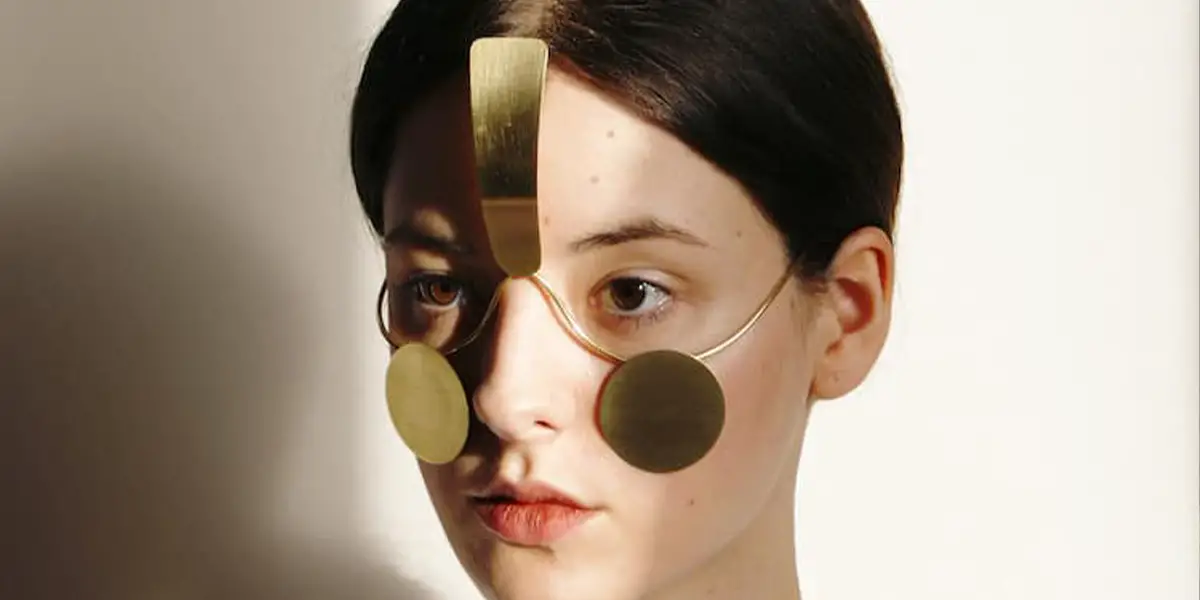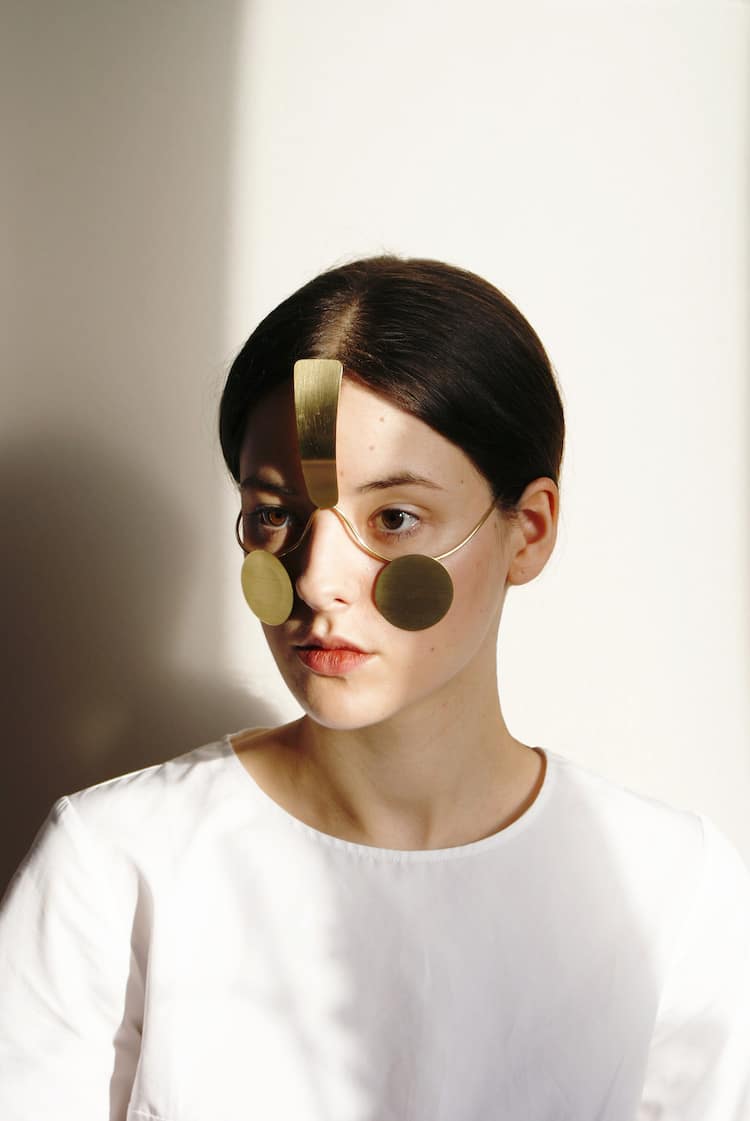Fashion Designer Creates Minimalist Mask To Confuse Facial Recognition Cameras
Tags: opinion

Facial recognition technology is extensively used by law enforcement agencies, internet search engines, and social networks. The technology also has been adopted by advertisers to collect statistical data about their customers for better marketing. However, this technology is very untrustworthy in its current state, and is often prone to false positives. Furthermore, people are becoming increasingly concerned that every move they make throughout the day is being constantly monitored by advertisers and government authorities.
As the technology progresses, it seems that it will only become embedded deeper in our lives, and so it is only natural that people are trying to figure out ways around it. Last month, during the protests in Hong Kong, protesters used laser pointers to disrupt facial recognition cameras, and even cut down street poles that the cameras were attached to.
Polish designer Ewa Nowak recently came up with an inventive fashion style that could subvert facial recognition. The designer has created a minimalist metal mask called “Incognito,” which is made of thin pieces of brass that dangle down over a persons face. The brass is covering specific points on the face that the software needs to see in order to recognize the person.


The mask has been tested for effectiveness as well.
According to the designer, “This project was preceded by a long-term study on the shape, size, and location of mask elements so that it actually fulfills its task. When testing solutions, I used the DeepFace algorithm, which is used by Facebook.”


In 2014, artist and activist Adam Harvey announced a similar project that proposed other fashion concepts that would confuse facial recognition software. The project was called CV Dazzle and featured “cyberpunk” fashion designs.
According to a report from the Guardian, the South Wales Police scanned the crowd of more than 170,000 people who attended the 2017 Champions League final soccer match in Cardiff and falsely identified thousands of innocent people. The cameras identified 2,470 people as criminals but 2,297 of them were innocent, and only 173 of them were criminals, which is a 92 percent false-positive rate.
Over 5000 people have downloaded our free ebook “Growth Hacking Tips And Rituals For Optimal Living” CLICK HERE to get your free copy now
According to a Freedom of Information request filed by Wired, these are actually typical numbers for the facial recognition software used by the South Wales Police. Data from the department showed that there were false-positive rates of 87 percent and 90 percent for different events.
The South Wales Police later issued a statement admitting to the high failure rate of the technology but downplaying the potential problems and privacy risks.
“Of course no facial recognition system is 100 percent accurate under all conditions. Technical issues are normal to all face recognition systems which means false positives will continue to be a common problem for the foreseeable future,” the statement read.
Similar numbers were released by the FBI in 2016, with the agency also admitting that their facial recognition database consisted of mostly innocent people since they use drivers license and passport photos for their searches, in addition to mug shots. In fact, there is a 50/50 chance that your picture is in a facial recognition database. Also in 2016, another study found that facial recognition software disproportionately targeted people with dark skin.
Photos courtesy of Ewa Nowak
Leave Comment: